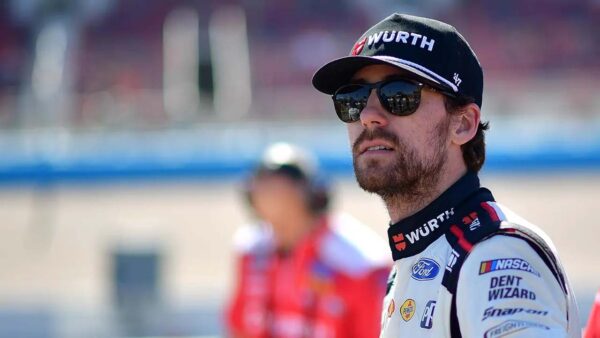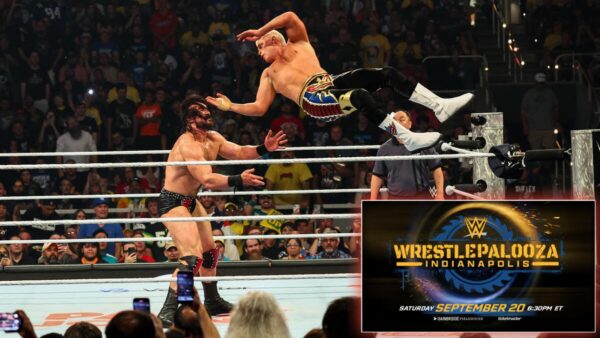Does the Monaco F1 track qualify as a Grand Prix circuit?
Monaco is the shortest circuit on the F1 calendar and falls short of the FIA-mandated race distance.
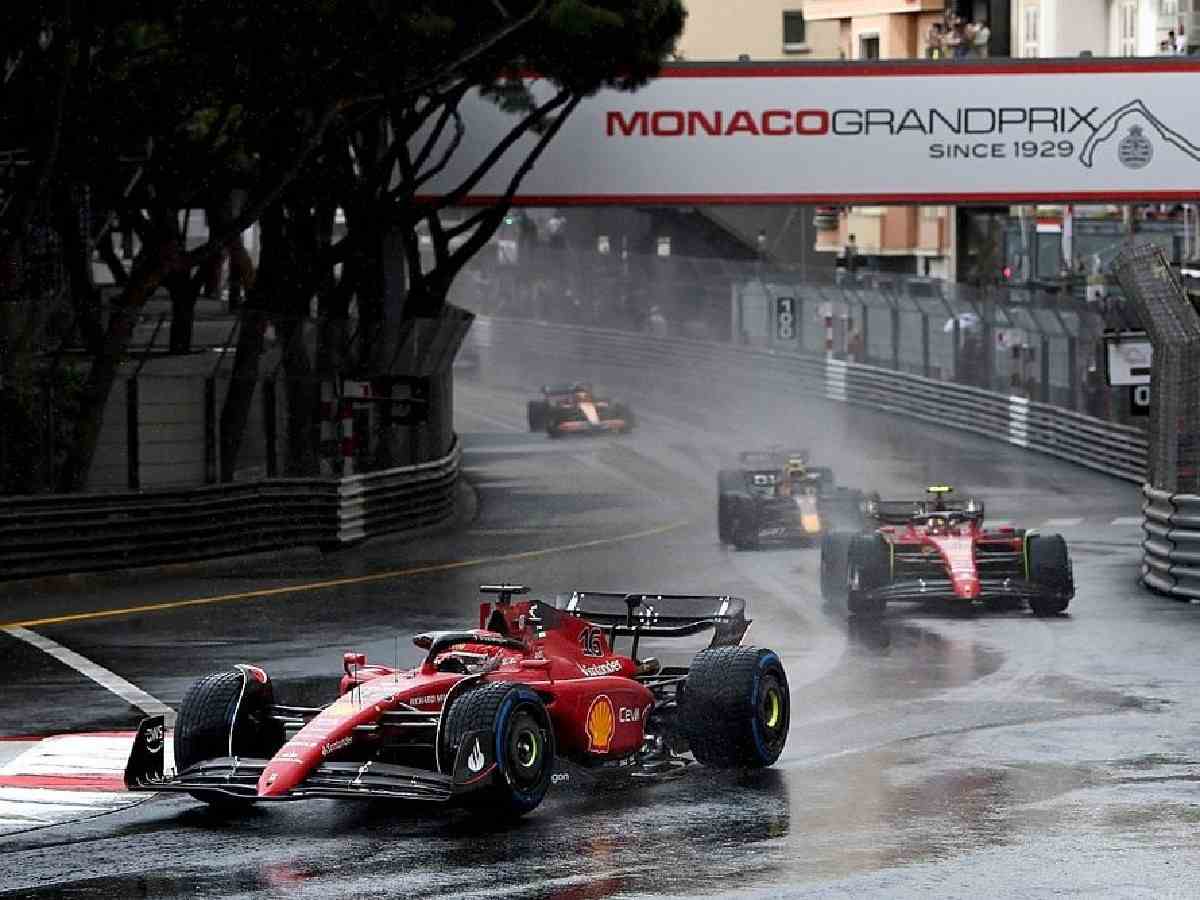
The 2022 Monaco Grand Prix (Credits: AUtosport)
🔍 Explore this post with:
The Monaco Grand Prix, contested annually on the streets of Monte Carlo since 1929, is one of the most famous and prestigious events in Formula One. With its distinctive beauty and history, the small and winding course has long been a favorite of F1 drivers and fans. However, the racing industry has long debated whether the Monaco F1 track qualifies as a legitimate Grand Prix circuit.
The track is much shorter than the required length for a Grand Prix, and some claim that the tight and twisty character of the track renders it too sluggish and unfit for the current Formula One vehicle. Dive in to investigate this subject in depth and study all sides of the debate to evaluate if the Monaco F1 track deserves to be a Grand Prix circuit on the F1 calendar.
Discover: Why do F1 drivers live in Monaco?
What is the FIA’s mandate for the Grand Prix circuit minimum race distance in F1?
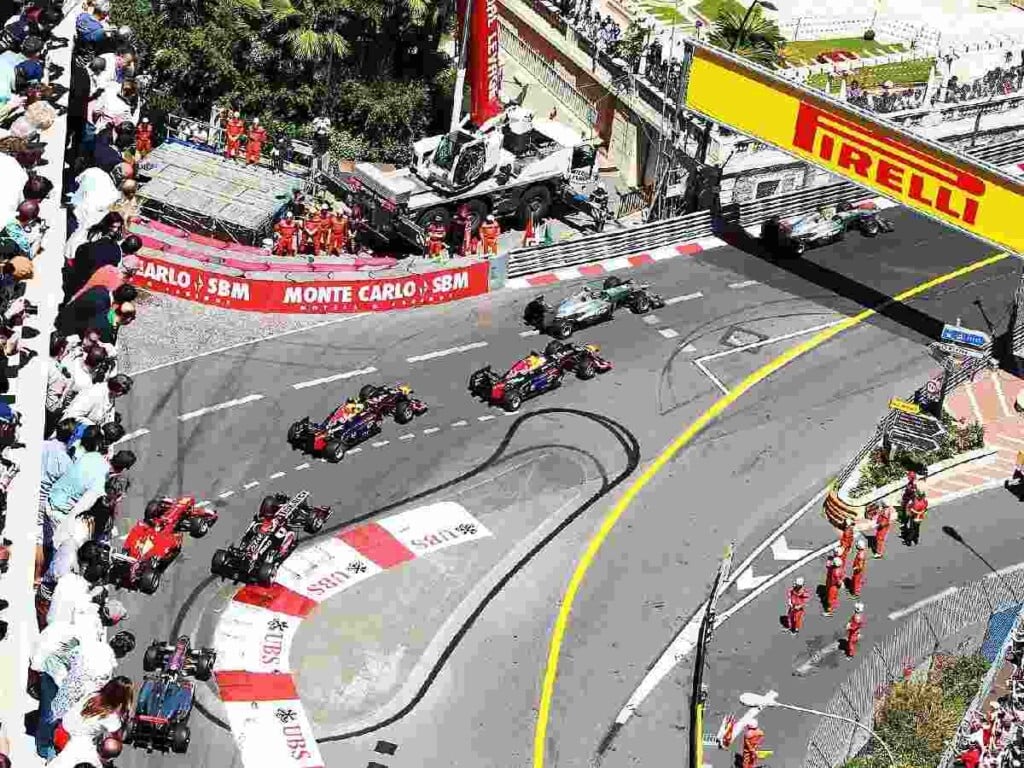
The FIA (Fédération Internationale de l’Automobile) is Formula One’s regulating organization, and as such, it establishes the sport’s rules and regulations. One of these criteria is the need for Grand Prix tracks to have a minimum race distance. A Grand Prix track must be at least 3.5 kilometers (2.17 miles) long, according to FIA standards. This is done to ensure that the race is of sufficient duration to present a challenge to drivers and teams while also providing viewers with a thrilling and engaging sight.
While some may argue that the Monaco Grand Prix does not fit this criterion, the FIA has established an exemption for this historic race owing to its unique challenges and historical significance. Overall, the minimum race distance requirement guarantees that Grand Prix tracks are of sufficient length and standard for the world’s top drivers to demonstrate their abilities while providing a compelling race for viewers.
How does Monaco’s Circuit length compare to other F1 tracks?
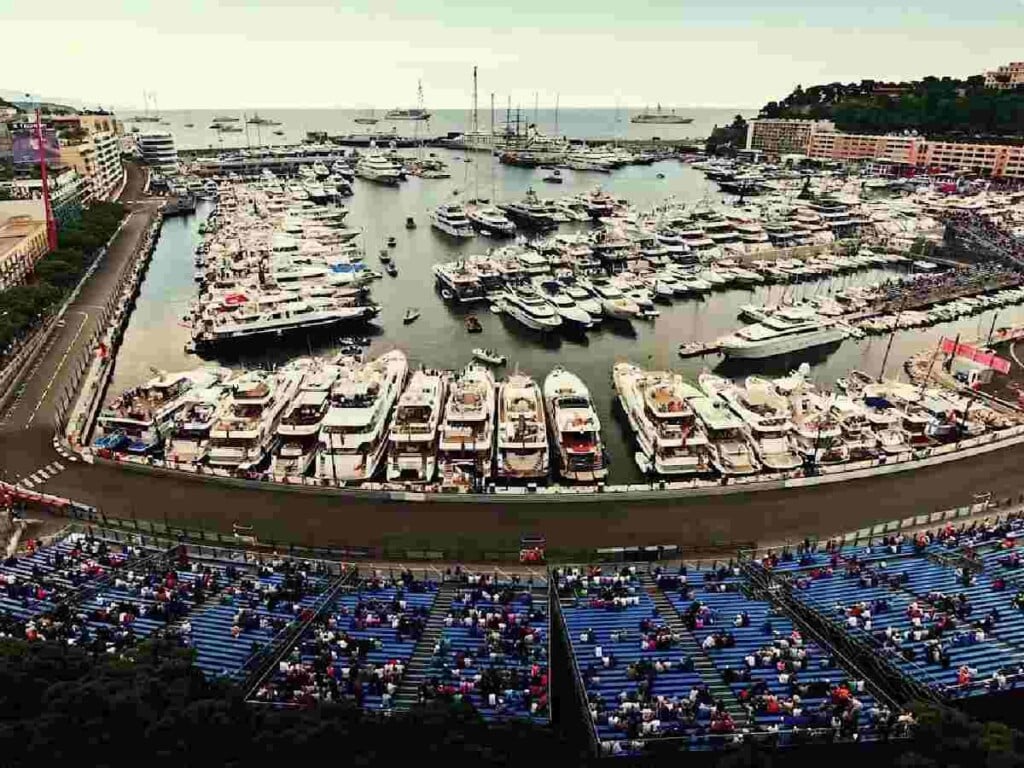
The Monaco Grand Prix is famous for its distinctive circuit layout, which weaves through Monte Carlo’s small streets. It is the shortest track on the Formula One calendar, measuring only 3.337 kilometers (2.074 miles). In comparison, the Circuit de Spa-Francorchamps in Belgium has the longest circuit on the calendar, at 7.004 kilometers (4.352 miles).
The Monaco circuit, although its small length, is tough and legendary, with tight turns and high inclines. The hairpin at La Rascasse and the tunnel portion are the most iconic bends on the circuit, adding to the race’s charm and status.
What is the historical significance of the Monaco Grand Prix in F1?
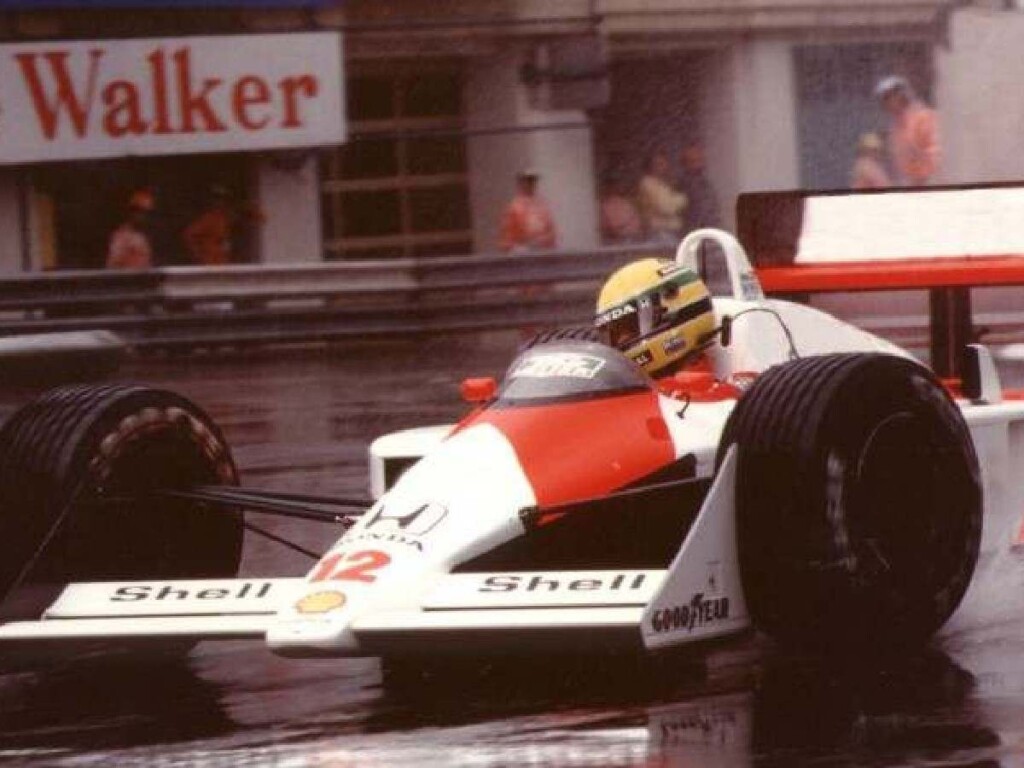
The Monaco Grand Prix is a Formula One event unlike any other, encapsulating the splendor, grandeur, and history of the French Riviera. The circuit’s tight, tiny streets need maximum focus and accuracy from drivers, necessitating a level of ability and daring unrivaled on any other track. The track has witnessed some of the greatest drives in the history of F1, and the late Ayrton Senna is regarded as the ‘King of Monaco’ for the sheer brilliance the Brazilian has demonstrated and for his unraveled success on the streets of Monte Carlo.
The event has been on the Formula One calendar since 1950, and it is the second-oldest track after the Autodromo Nazionale Monza, which holds the Italian Grand Prix. It is the only circuit of the 76 circuits that have hosted a Formula One World Championship race in history to be part of the coveted Triple Crown.
The event is not only about the race, however. It is a celebration of the good life, where fans, celebrities, and the wealthy elite come together to enjoy the luxurious atmosphere of Monte Carlo. The Monaco Grand Prix captures the essence of the French Riviera and the world of Formula One, making it one of the most prestigious and coveted events on the motorsport calendar.
The debate over whether the length of the Monaco track qualifies it as an F1 Grand Prix Circuit
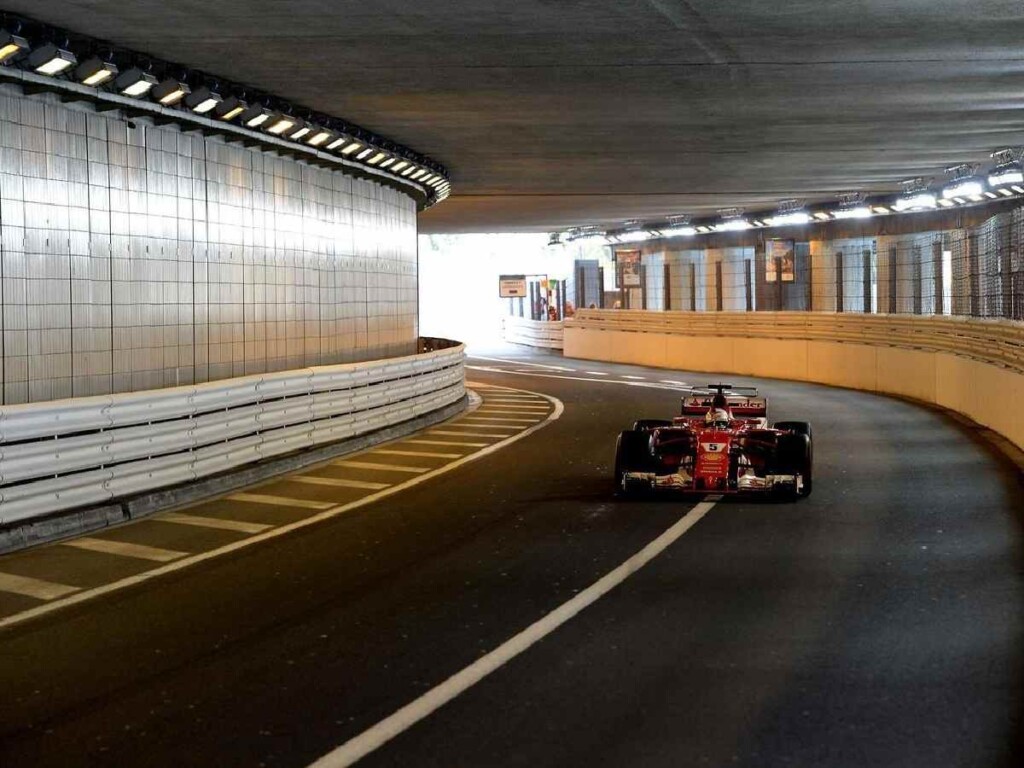
Monaco’s position as a Grand Prix track has long been debated owing to the layout’s unique qualities. The Monaco Grand Prix is the only event on the Formula One calendar that does not comply with the 305-kilometer (190-mile) minimum race distance criteria within the two-hour time restriction. Proponents of Monaco’s shorter race course contend that the tight and hard configuration of the circuit, with its tiny streets and fast bends, makes it impossible for cars to achieve the required distance.
They also point out that the shorter distance has established a tradition of the Monaco Grand Prix and is already out of the ordinary in other respects. Furthermore, if Monaco remains an 85% race distance event, it should pay 85% of the points provided for a full race distance. However, others say that Monaco’s shorter distance is unfair to other circuits that follow the prescribed race distance and that the Grand Prix should follow the same standards. They also argue that Monaco’s lack of a hosting fee should not prevent it from following the same standards as other circuits.
Should Monaco be considered a Grand Prix?
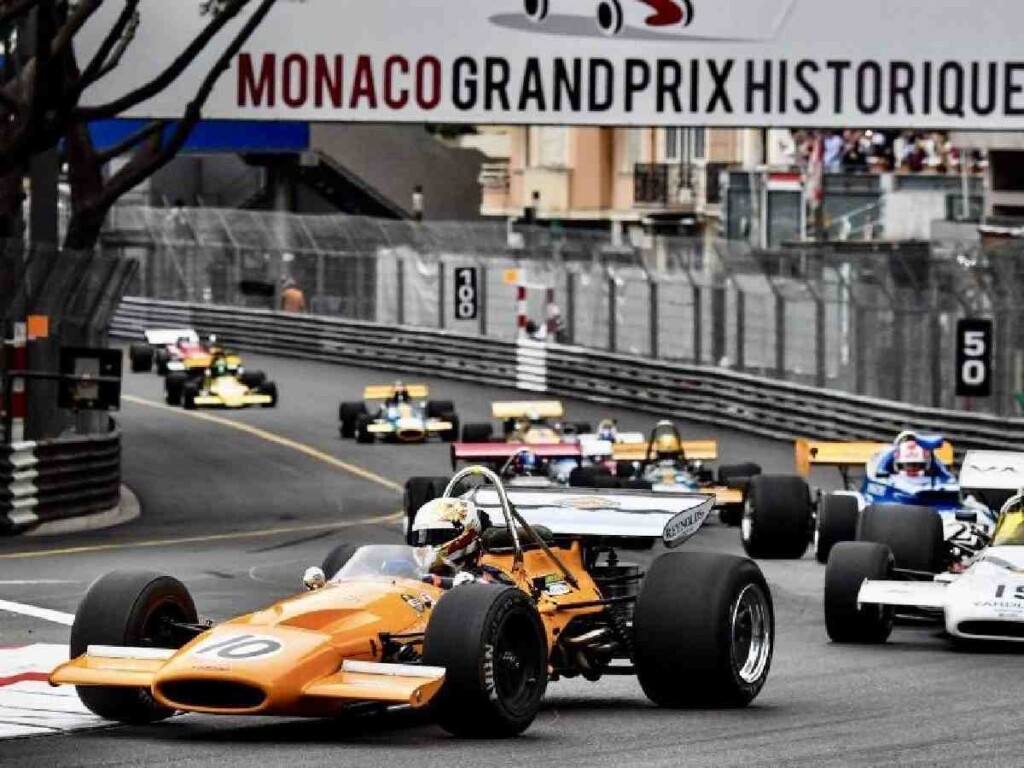
The Monaco track is the sport’s first-ever street circuit. Because of its obstacles, it is still regarded as the ultimate test of driving ability in Formula One, and if it were not already a Grand Prix. It has a distinct place in the Formula One world. It is a race that captures the sport’s core – speed, talent, and accuracy – on a circuit unlike any other. The Monaco track, with its tiny streets and tight bends, necessitates a level of ability and daring from drivers that are unrivaled on the F1 calendar.
The circuit may be modest in length, but it makes up for it in difficulty. Drivers must traverse the track with extraordinary precision and focus due to the high inclines and abrupt curves. The Monaco Grand Prix’s historic significance adds to its attractiveness, with a rich history of renowned drivers and spectacular events.
While some may claim that the Monaco track’s small length disqualifies it as a Grand Prix circuit, this ignores its particular difficulties and demands. The Monaco Grand Prix is a genuinely unique event on the F1 calendar, and its significance and status cannot be overstated.
In case you missed it:


